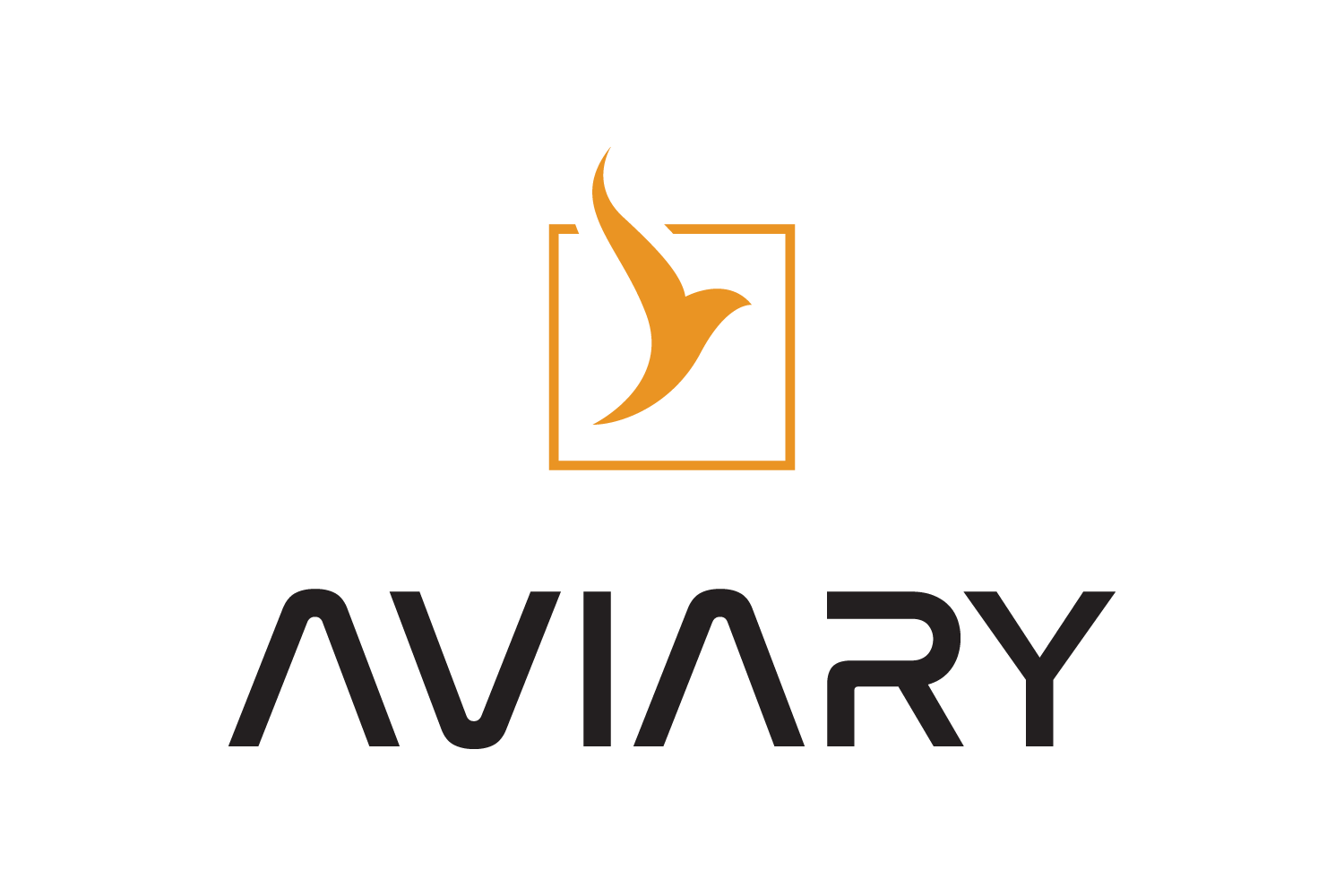Aviary Documentation#
Aviary is an aircraft analysis, design, and optimization tool built on top of the Python-based optimization framework OpenMDAO. Aviary provides a flexible and user-friendly optimization platform that allows the beginning aircraft modeler to build a useful model, the intermediate aircraft modeler to build an advanced model, and the advanced aircraft modeler to build any model they can imagine.
Features of Aviary include:
included simple subsystem models for aerodynamics, propulsion, mass, geometry, and mission analysis
ability to add user-defined subsystems
gradient-based optimization capability
analytical gradients for all included subsystems
The Aviary documentation is broken up into several sections, each of which is designed to teach a different aspect of Aviary. Reading the entirety of the docs is highly recommended for new users, but please read through the Getting Started section at a minimum.
You can read through the documentation in order or you can jump to the sections that interest you the most.
Note
Use the interactive table of contents on the left side of the page to navigate through the documentation.
User Guide#
The Aviary user interface is under development and employs a 3-tiered approach that is broken up into 3 separate levels. The user guide walks through how to use each of these levels in detail.
The actual finer points of aircraft design and what these input values should be set to are beyond the scope of this documentation. We refer users to their aircraft design textbooks as well as their experienced coworkers for information in this area. This user guide is simply designed to teach the basics of using Aviary for aircraft analysis.
Examples#
The Aviary code includes a suite of built-in examples which the Aviary team has developed to demonstrate the capability of the Aviary code. These examples range in complexity and length from a Level 1 input file of a simple aircraft analysis including only Aviary core subsystems to a Level 3 input script where the user has added several external subsystems and manually controlled what variables are passed where. The Aviary team recommends that the examples be used as as starting point for building your first few Aviary models until you have built up examples of your own.
Theory Guide#
The theory guide details how the five core subsystems (aerodynamics, propulsion, mass, geometry, and mission analysis) work and how the integration capability combines them together. The theory guide also gives a much deeper understanding of the equations and modeling assumptions behind Aviary.
Developer Guide#
This developer guide walks through each aspect of the code from the perspective of a developer who would like to contribute code.
The Aviary development team is housed out of NASA but welcomes code input and pull requests from the public. We are developing a formal review process, but at the moment each code contribution will be made as a pull request and reviewed by the development team.
Miscellaneous Resources#
There are some features of the Aviary code which are not addressed in the above documentation. The miscellaneous resources section includes documentation on these additional features, as well as other relevant information.
Table of contents#
Getting Started
User Guide
Examples
- Discussing the Aviary Examples
- Conventional Aircraft and Simple Mission
- Optimizing the Mission Profile of a Conventional Aircraft
- Coupled Aircraft-Mission Optimization
- Mission Optimization with Many Phases for a Commercial Aircraft
- Reserve Mission Example
- Multi-Mission Example
- Off-Design Mission Example
- Using Aviary and OpenAeroStruct Together
- Level 2 Detailed Takeoff and Landing
Theory Guide
Developer Guide
